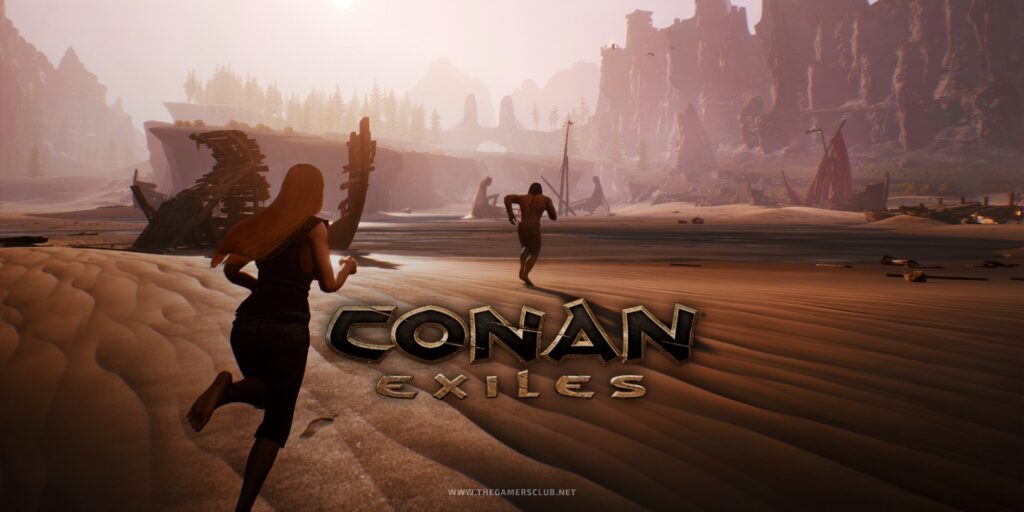The recent Tomb Raider 1-3 remastered collection for modern platforms allows players to revisit the PS1 classics that launched Lara Croft to international stardom in the late 90s. While the remasters add a fresh coat of paint and a new control scheme, at its core this is still the original Tomb Raider experience – for better or worse. This no-frills collection will strongly appeal to Tomb Raider diehards but may struggle to convert new fans not accustomed to retro game design.
Updated Visuals Retain Original Aesthetic
The visual upgrades strive to maintain the abstract, almost surreal vibe of the original game’s pre-rendered environments. As a result, the new graphics look intentionally dated rather than impressively modern. There are some nice touches like slowed falling animations, yet odd choices exist too like an out-of-place depth effect on climbable walls. The third game embraces complex visuals that can be disorienting. Still, the remastered graphics capture the unique mid-90s 3D aesthetic. Nostalgic fans will appreciate the ability to instantly toggle between new and old-school graphics.
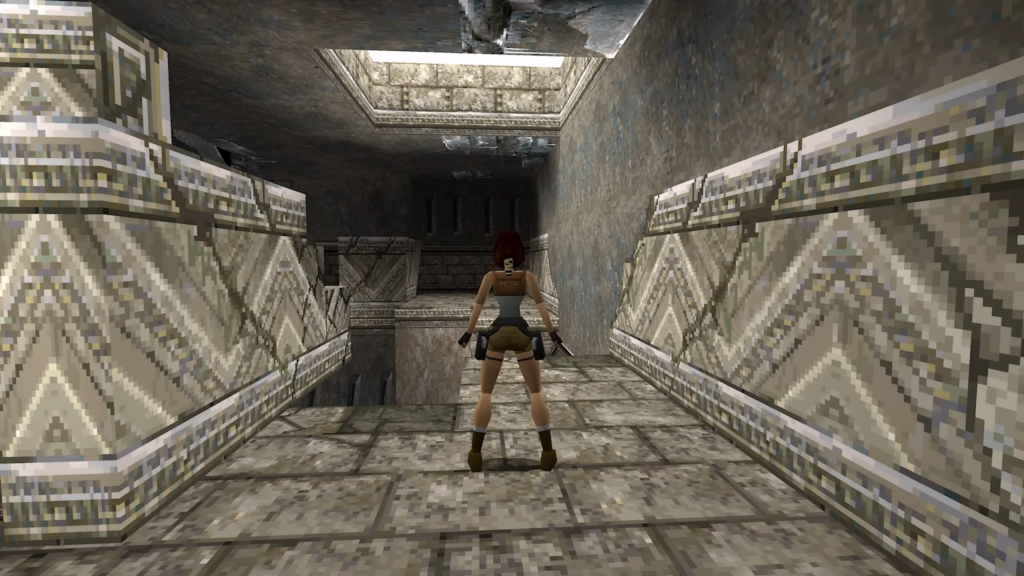
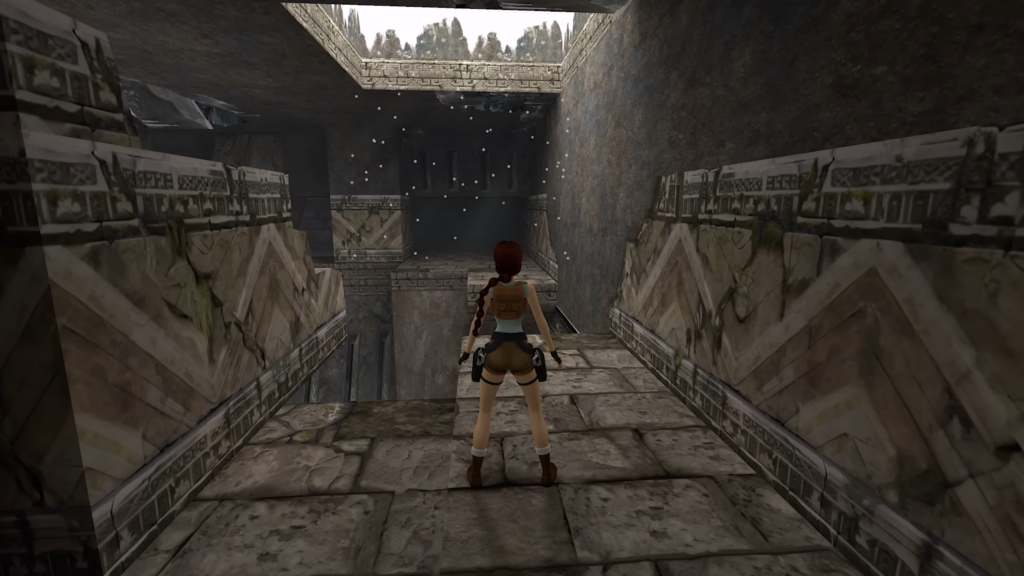
New Controls Offer Mixed Results
The original tank controls are mathematically precise yet require discipline to master. In contrast, the remastered modern controls grant more fluid movement but can be imprecise due to camera issues in tight spaces. Consequently, neither control scheme ends up definitively superior. The modern controls excel in open areas and combat but falter during platforming. Problematic cameras cause unwanted direction changes and running off cliffs. Relearning tank controls provides reliable precision at the cost of sluggish maneuverability. In the end, switching between both schemes situationally works best.
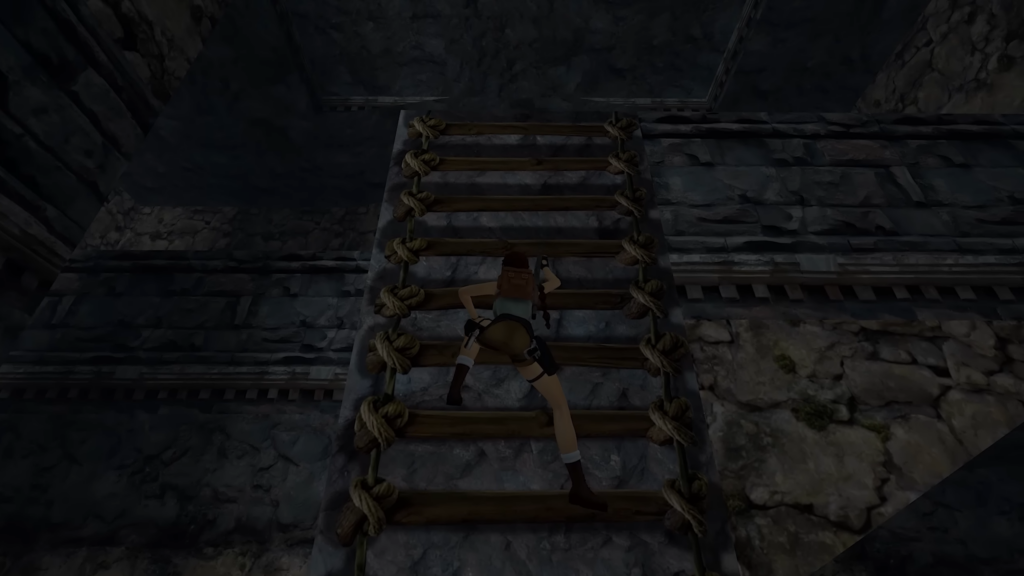
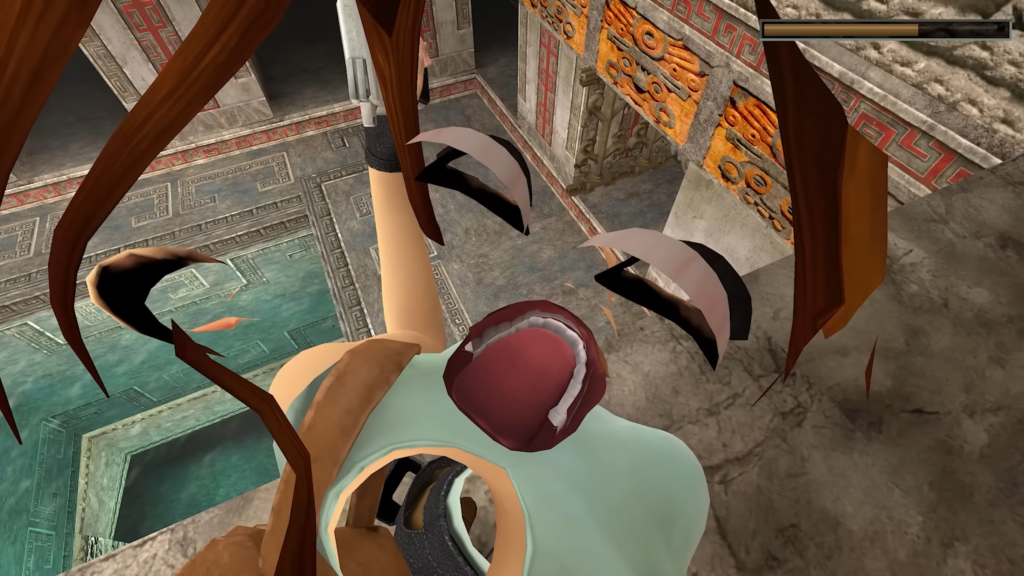
Punishing Difficulty Stays True to Original
In keeping with series tradition, all three remasters retain the unrelenting challenge of the originals. With no difficulty settings or other concessions, intricate puzzles and platforming passages continue to demand pinpoint accuracy. There are no autosaves either, though manual saving is unlimited. The bonus levels ratchet up the difficulty even further for hardcore fans. Players who struggled with earlier entries will face similar barriers here. However, the collection makes accessing saves more convenient than the restrictive save systems of the initial PlayStation releases.
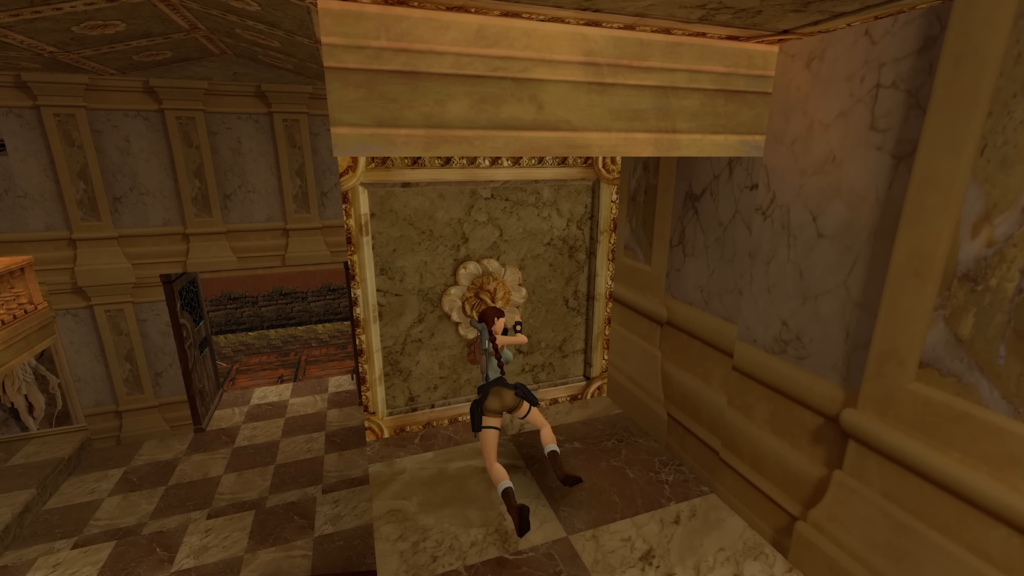
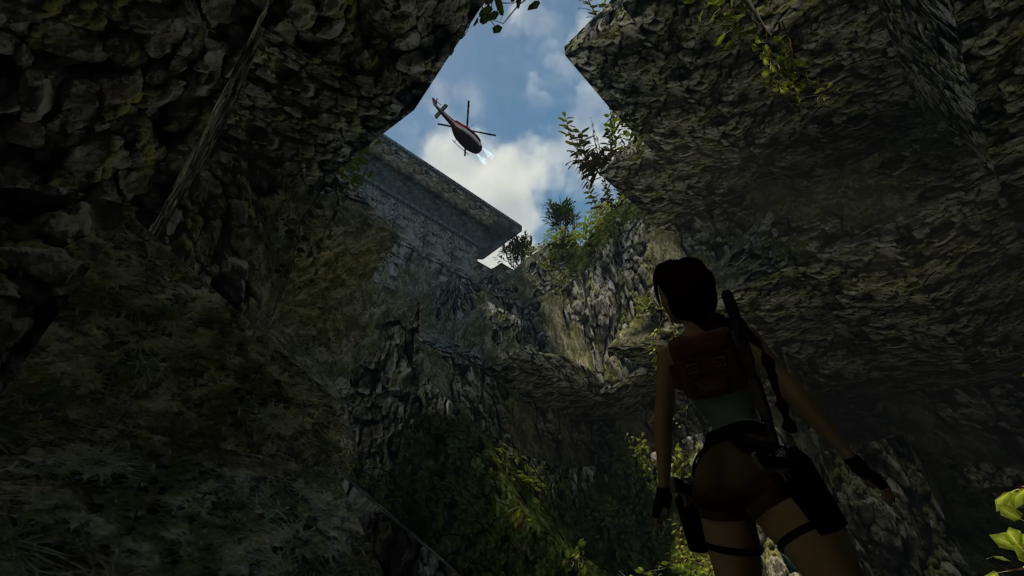
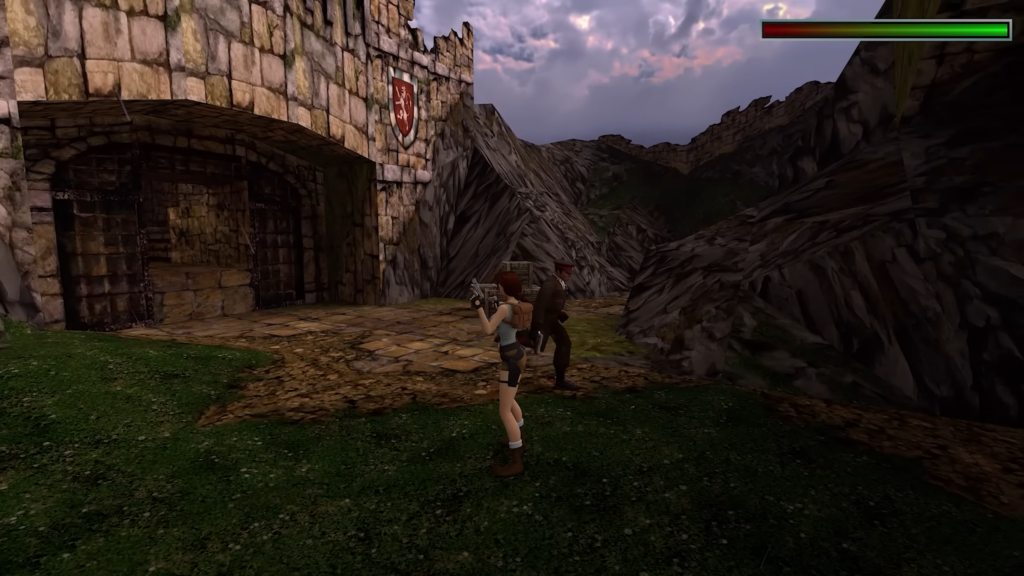
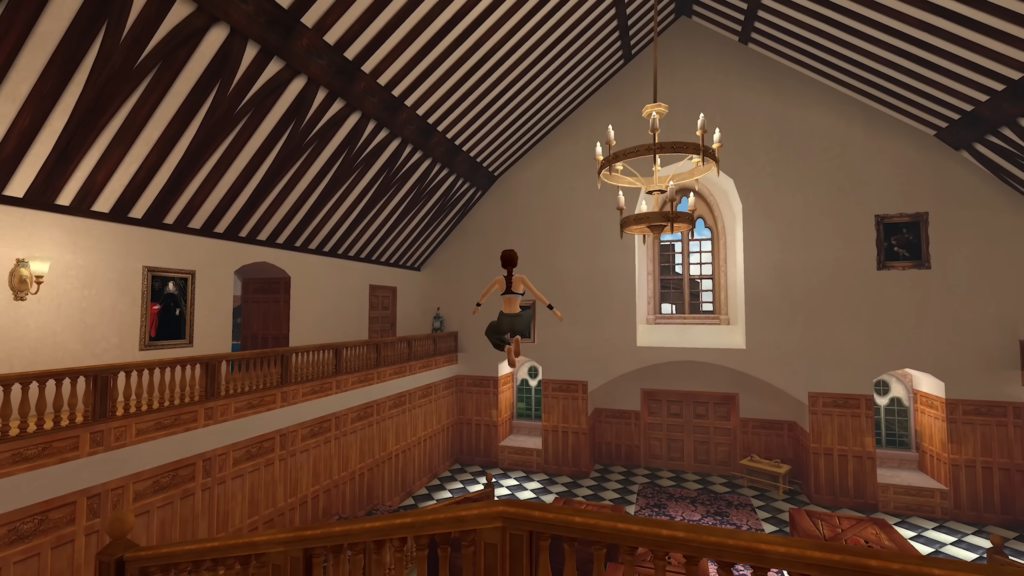
Tomb Raider 1-3 Remastered Collection sticks closely to the original editions from the PS1 era. For longtime fans, this is a feature, not a bug, offering an authentic nostalgia trip. From the still impressive ambient music to the stark difficulty, the games are largely unchanged at their core. Those seeking a modernized reimagining will come away disappointed. However, players open to retro experiences will find a bare-bones but competent remaster package. In the end, this collection best serves both the Tomb Raider devotees eager to revisit Lara’s early exploits as well as inquisitive newcomers ready to experience a defining relic of early 3D gaming history.



